Bear pelts have historically been treasured for their unique qualities and versatility. From the dense fur of the grizzly bear to the sleek, white coat of the polar bear, these natural wonders have found their place in various cultures and applications over the centuries.
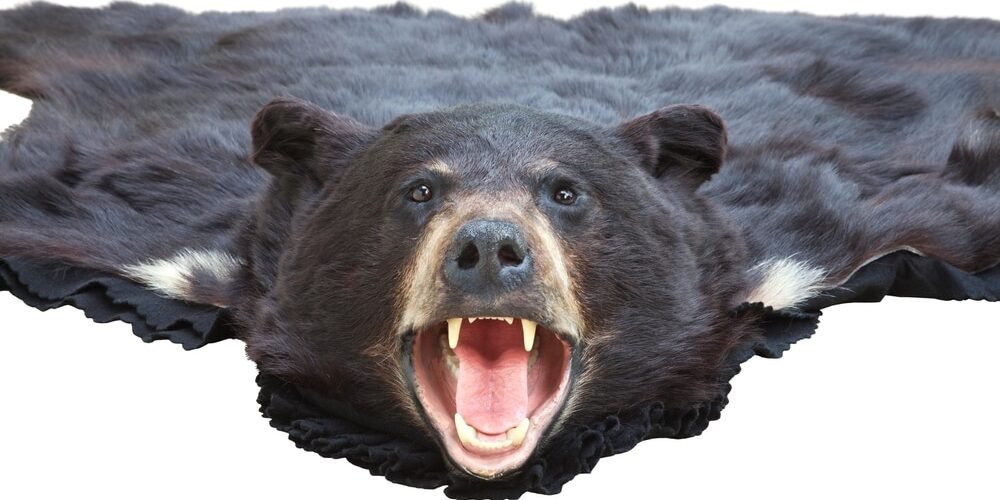
This comprehensive guide delves into the characteristics, uses, and modern considerations surrounding the bear pelt.
Characteristics of Bear Pelts
Depending on the species, bear pelts can differ greatly in size. North America’s grizzly bear pelts stand out for their impressive 6 to 7-foot length and 70-pound weight, while polar bears boast thicker pelts adapted to Arctic climates.
Diverse Coloration
Grizzly pelts feature shades of brown or reddish-brown, complemented by white or silver-tipped guard hairs. Black bear pelts might range from jet black to brown, while polar bears have a white coat.
Texture and Density
The allure of bear pelts is magnified by their luxurious fur. Their dual-layered structure, consisting of coarser outer guard hairs and a soft undercoat, ensures warmth in cold climates.
Historical and Modern Hunting Techniques
Traditionally, indigenous cultures honed skills like tracking, baiting, and stalking for bear hunting. While firearms offer efficiency today, many still opt for bows for a more authentic experience. However, hunting regulations and fair chase principles have become more prominent with the evolving emphasis on conservation and ethics.
Processing and Preserving Bear Pelts
The journey from a hunted bear to a finished pelt requires precision. After skinning the bear, the pelt undergoes fleshing to remove excess fat and tissue, ensuring the pelt remains in prime condition.
Uses of Bear Pelts Over Time
Historically, bear pelts were transformed into essential clothing like coats and ceremonial garments. They also adorned homes with rugs or wall hangings. In contemporary times, while bear fur occasionally graces the fashion industry’s luxury segment, synthetic alternatives are gaining traction. Additionally, bear pelts continue to be iconic elements in rustic interior designs.
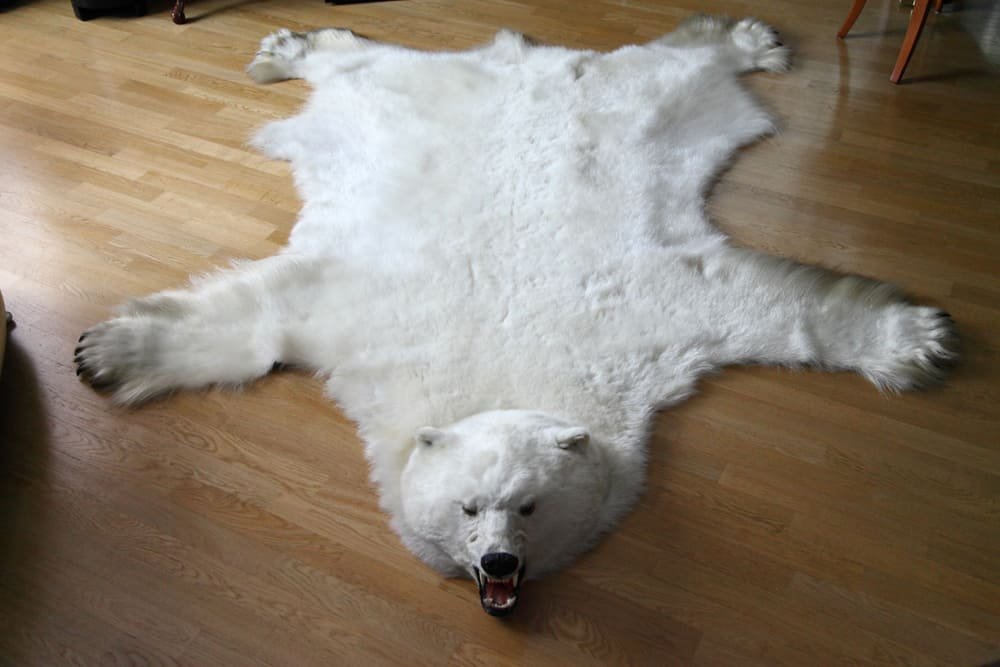
Conclusion
Bear pelts hold a special place in human culture with their rich history and unmatched beauty. While the modern world raises crucial concerns about conservation and ethics, it’s essential to remember and respect the value these natural wonders have brought to generations past. By advocating for sustainable practices, we can honor the legacy of bear pelts while safeguarding our environment’s future.

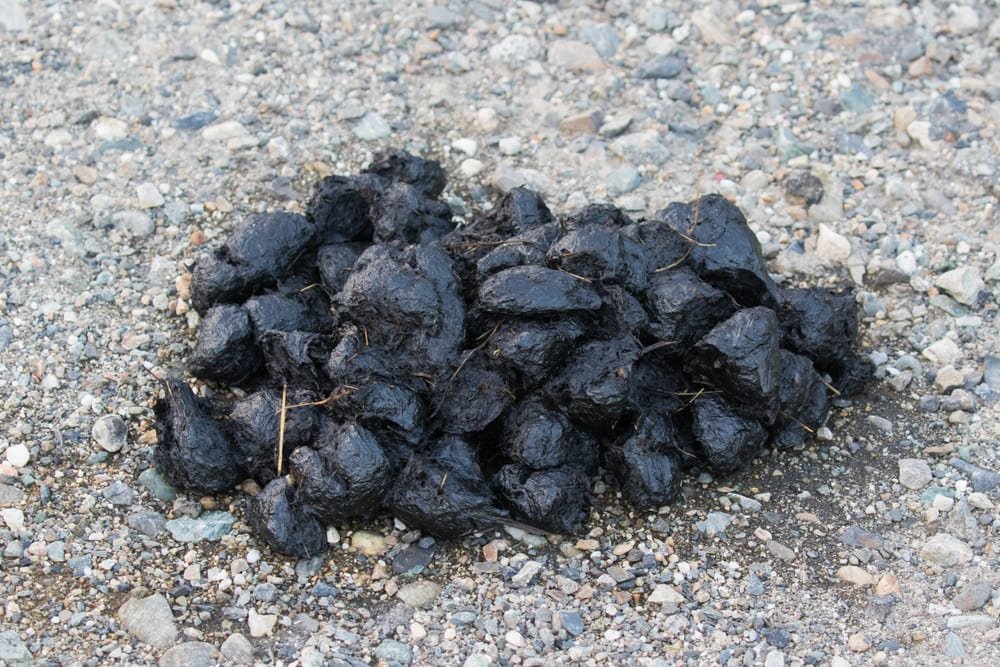

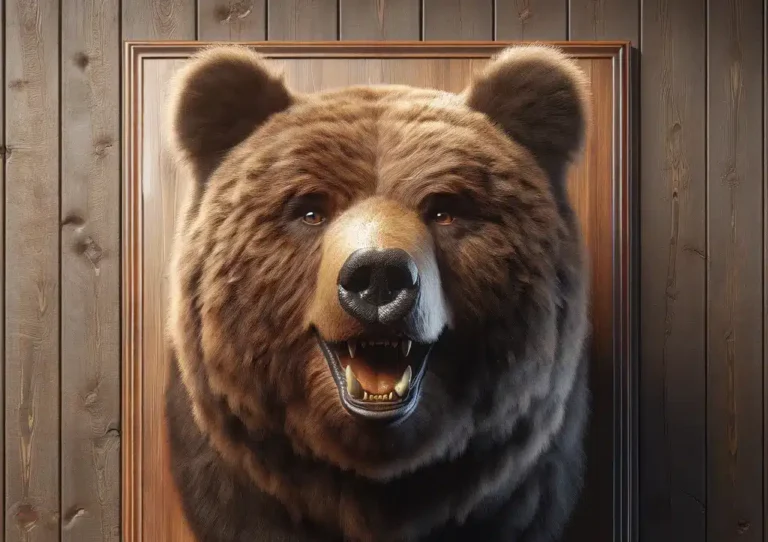
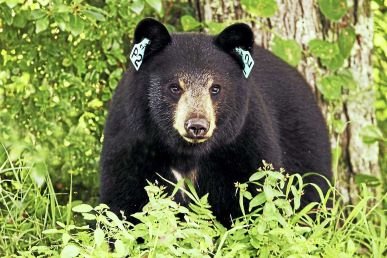

I like this web blog it’s a master piece! Glad I observed this ohttps://69v.topn google.Leadership
Thanks for sharing. I read many of your blog posts, cool, your blog is very good.